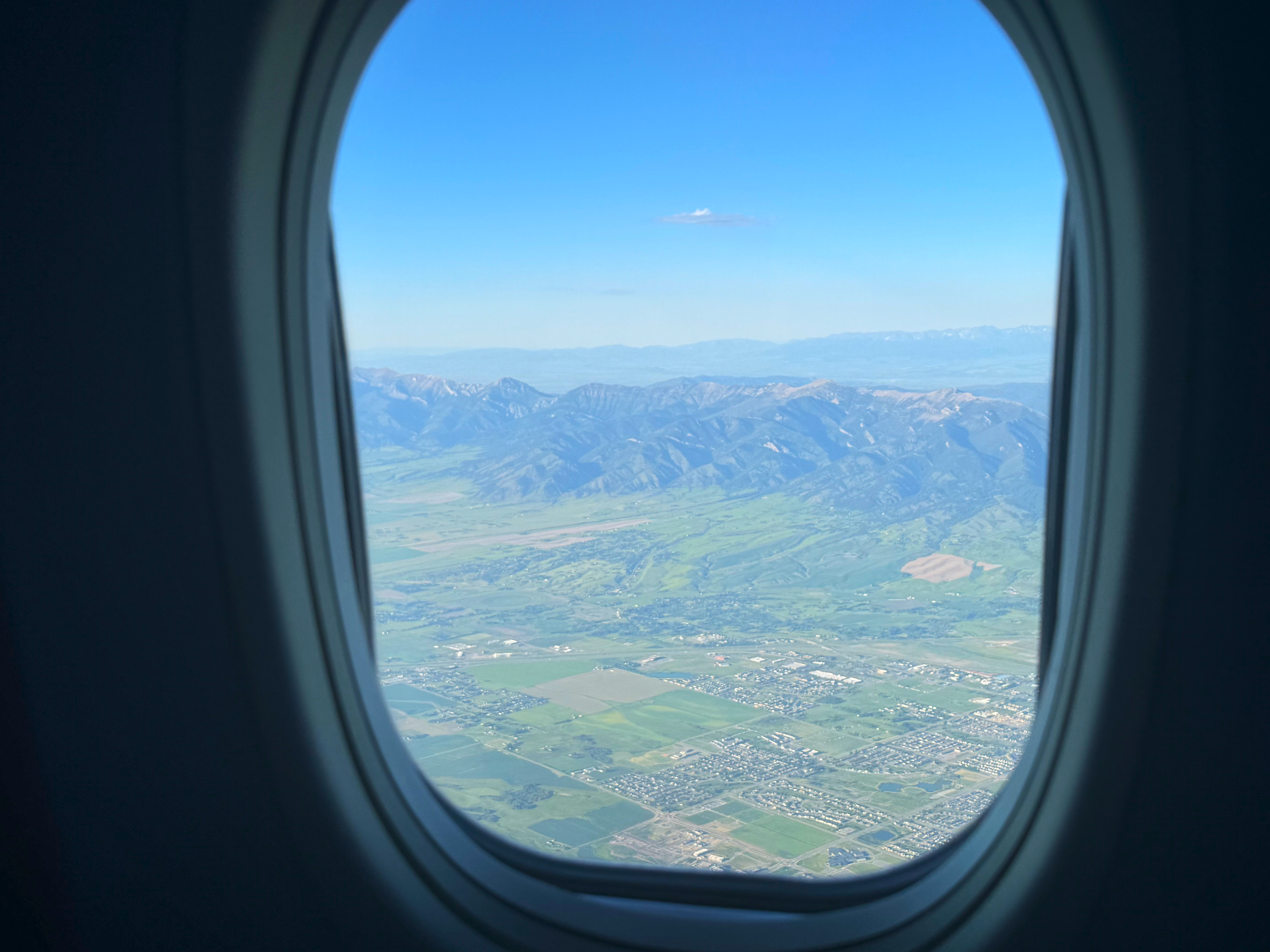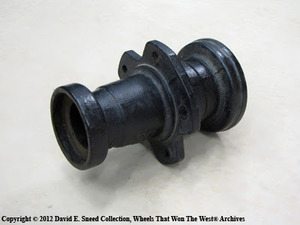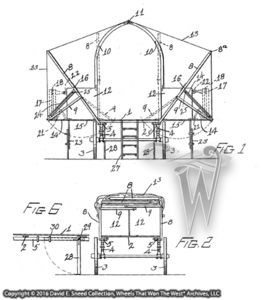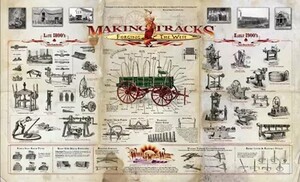Have you ever looked out the window of a plane and wondered about what you saw below? At first, what is visible looks small and insignificant because you’re so far from it. As the plane begins to land, though, everything about the location becomes much bigger and noticeable. In the same way, the people, places, and things related to early transportation all have stories and the closer we get to them, the more amazing they can be. That’s what this wood-wheeled transportation blog is about... it’s an attempt to salvage and showcase history while highlighting the incredible significance and value.

One of a number of stages running between Redrock, Montana and Salmon City, Idaho. Image courtesy of the Beaverhead County Museum - Dillon, MT
You might think that living during a time with so much information on the internet that we would know everything there is to know about anything. Unfortunately, that’s not the case. In fact, one of the most overlooked parts of American history is the country’s first transportation industry. It seems a bit crazy since this part of our past was a massive industry and literally drove the nation’s early growth and expansion. Apparently, it was so large that it became commonplace and largely overlooked for its contributions. Time and again, though, I’ve been shocked at the depth of the subject as well as the number of lost artifacts, skills, and information.
Regrettably, the horse drawn era is often viewed as a highlight reel filled with the dullest of basics. It’s an uneducated assumption that is overwhelmingly wrong. When it comes to wood-wheeled transportation, many of these pieces were connected to incredible historic events. Plus, on the manufacturing side, every era and decade had different design features with significant shifts in technology. The evolution of engineering and expertise took place daily – just like today. Don’t believe me? All one needs to do is look at the massive number of patents applied for and granted during the 1800s. Or, try reading one of the endless volumes in period trade journals as they discuss the traits of wood, paint, metallurgy, drafting, or some other element of engineering. It can be dizzying to keep up with. Overall, it’s an incredible study to see just how much innovation was taking place while simultaneously comprehending the intensive levels of competition. Ultimately,this demanding approach to business and product advancement directly affected early auto designs, sales and advertising practices, manufacturing processes, steel and aluminum development, modern road construction, military readiness, tourism, and so much more.
I’m curious... have you ever wondered why you drive on the right side of the road, why your pickup has a tailgate, where did the term ‘brake shoe’ came from, why does your car have a dealer decal on it, where the terms ‘bus’ and ‘station wagon’ came from, or how any number of countless other phrases and practices we still use were developed? From the descriptions we use to the way we actually do things; this early era of transportation is packed with explanations to life that we take for granted today.
So, how do we study such a vast backdrop of brands, technologies, and evolution in design? Honestly, it’s an area where internet search engines aren’t much help and it’s why, over the last three decades, we’ve focused on gathering so much primary source paper and imagery. Those details help take the guesswork out of who did what, when, how, where, and why. Additionally, it’s important to get in the field and discover what artifacts have survived. Can you imagine an archaeologist sitting at home and trying to uncover everything from the couch? Crazy, right? It’s the same when we’re learning about these vehicles. Vehicles built for the eastern part of the U.S. were designed differently than those built for the western states. Likewise, wagons built for use on the plains will have different features than those built for mountain travel. Plus, every brand had a little different take on what was the best way to accomplish the best result.
As I’d mentioned earlier, we're on an archaeological mission and, to truly understand the study, we must get ‘in the field’ and find out what has survived. To that point, my wife and I recently spent some time in Montana and South Dakota doing research on western vehicles – specifically on the Abbot-Downing Overland stage in our collection as well as Mountain wagons and other western-designed pieces.

This Black Hills stage is part of the Doug Hansen (Hansen Wheel & Wagon Shop) collection.
Over the next several months, I’ll be highlighting some insights, discoveries, and experiences we had. It was a full week of uncovering treasures from museums, yards, antique stores, personal collections, businesses, and even tourist destinations. Truth is, you never know where a significant discovery is going to take place but in a week’s time, we found a literal treasure trove of wood-wheeled history! Stay tuned. There’s a lot to share.








